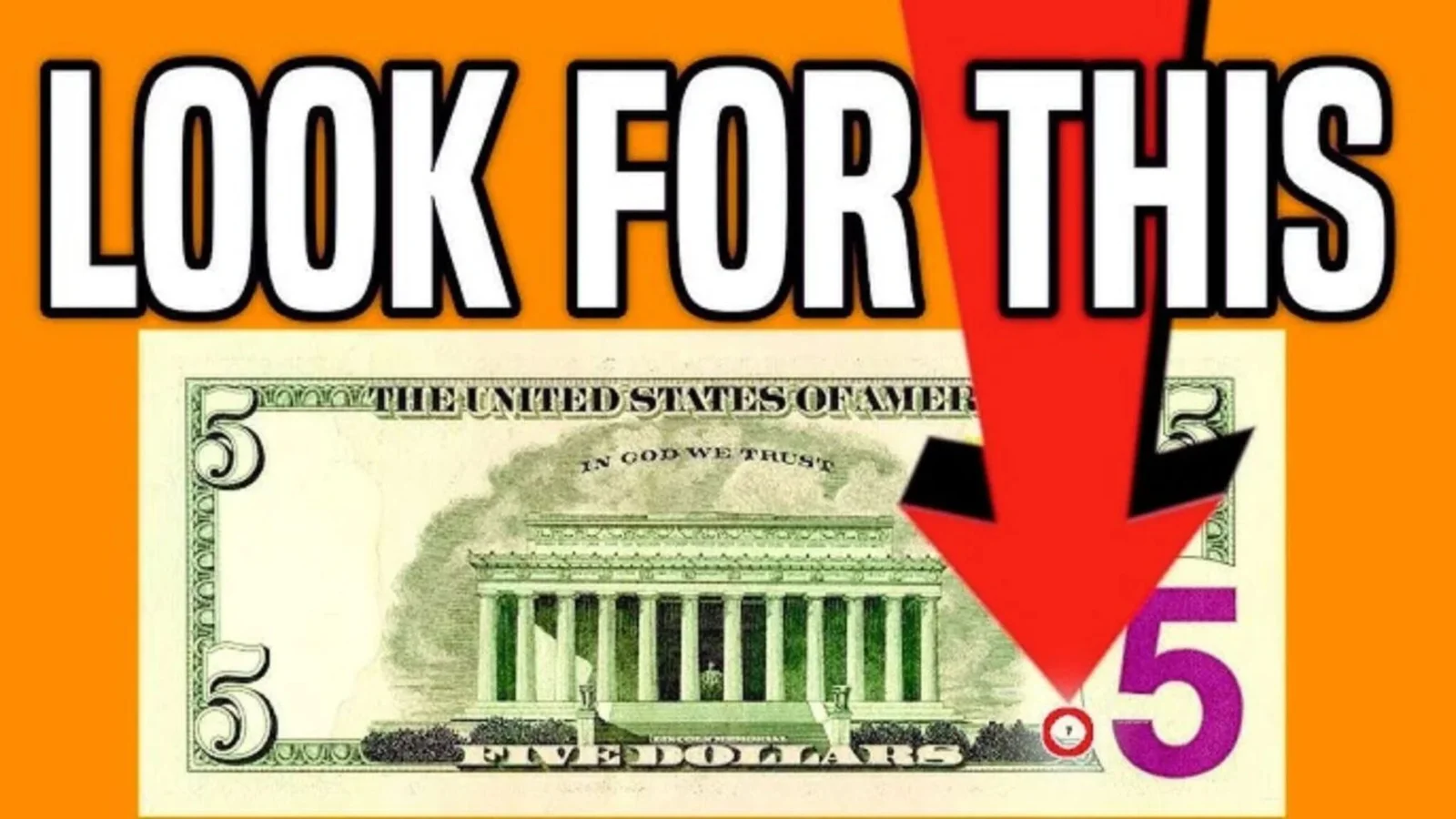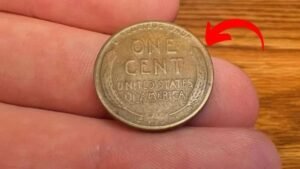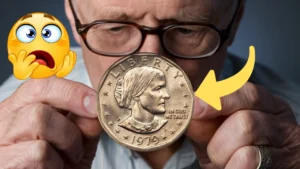Imagine paying for coffee and handing over a $5 bill that’s secretly worth nearly half a million dollars. Sounds like a dream, right? A rare $5 bill with a unique seal error is circulating in everyday transactions, valued at over $480,000 by collectors. Read on to learn how to spot this hidden treasure!
What Is the $5 Bill Seal Error?
The $5 bill with a unique seal error is a regular U.S. banknote with a printing mistake. The Treasury seal, typically green and perfectly aligned, is either misaligned, oddly colored, or flawed in design. This rare error makes the bill a collector’s gem, potentially worth $480,000.
History of the $5 Bill Error
Currency errors have fascinated collectors for decades. The $5 bill in question likely stems from a printing mishap at the U.S. Bureau of Engraving and Printing. Modern printing is precise, but rare mistakes slip through. Similar errors, like a 2021 $50 bill with an ink bleed, have fetched $72,000.
Why This $5 Bill Is So Valuable
This bill’s value comes from its rarity and condition. Only a handful of these error bills exist, and one in pristine condition was graded highly by experts, boosting its worth to $480,000. Collectors prize such anomalies, as they’re unlikely to reoccur due to advanced printing technology.
How to Spot and Benefit From This Rare Bill
Want to find this treasure? Check your $5 bills for these signs:
- Misaligned Treasury Seal: Look for a seal that’s off-center or tilted.
- Unusual Seal Color: A non-green seal could indicate an error.
- Flawed Design: Any odd printing quirks stand out.
If you suspect you have one, get it appraised by a numismatic expert or grading service like PMG or PCGS. You can sell through auction houses like Heritage Auctions or eBay.
Comparison Table: Error Bills vs. Standard Bills
| Feature | Error Bill ($5 Seal Error) | Standard $5 Bill |
|---|---|---|
| Value | Up to $480,000 | $5 |
| Rarity | Extremely rare | Common |
| Collector Appeal | High (unique error) | Low |
| Condition Impact | Pristine boosts value | Minimal impact |
Notable Facts About Error Bills
- A 2004A $20 bill with a printing error sold for $800,000.
- A 1950 $10 bill with a double overprint fetched $685,000.
- Error bills like mismatched serial numbers can exceed $1,000.
- The 1969 $5 star note sold for $60,000 due to a low serial number.
Value Comparison of Rare U.S. Bills
| Bill Type | Error Type | Estimated Value |
|---|---|---|
| $5 Seal Error | Misaligned/Colored Seal | $480,000 |
| 2004A $20 Bill | Printing Error | $800,000 |
| 1950 $10 Bill | Double Overprint | $685,000 |
| 2017A $2 Bill | Rare Serial Number | $85,000+ |
Expert Tips for Numismatists
- Check Everyday Cash: Look at $5 bills in wallets, cash registers, or tip jars.
- Learn Key Features: Study seals, serial numbers, and printing quirks.
- Get Professional Grading: Services like PMG certify condition, increasing value.
- Join Numismatic Communities: Forums and shows offer insights and buyers.
- Stay Updated: Follow auction sites like eBay for market trends.
Frequently Asked Questions
Q: How rare is the $5 bill with a seal error?
A: Extremely rare—only a few are known to exist, making them highly sought after.
Q: Can I still find this bill in circulation?
A: Yes! It’s still used in daily transactions, so check your cash.
Q: What should I do if I find one?
A: Don’t spend it! Get it appraised by a numismatic expert or grading service.
Q: Are other bills valuable too?
A: Yes, like the 1953 Red Seal $5 bill ($100,000+) or 2017A $2 bill ($85,000+).
Conclusion
The $5 bill with a unique seal error is a hidden treasure waiting to be found. Its $480,000 value proves that everyday cash can hold extraordinary worth. Start checking your wallet, learn the signs, and join the numismatic hunt! Share this post, explore auction sites, or dive into numismatics to uncover more gems.




